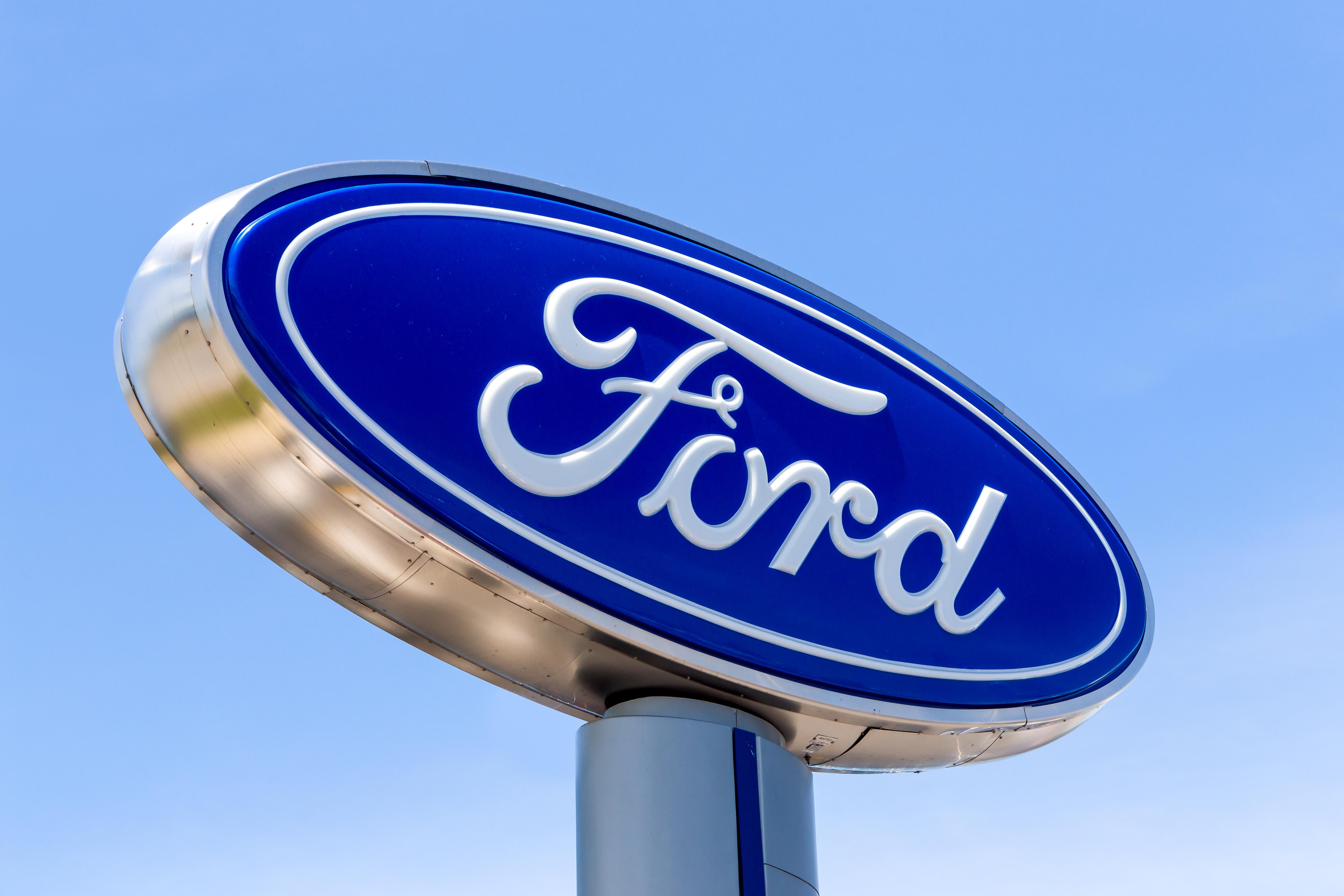Ford to Move Assets to Mahindra JV: Is It Exiting India?
Ford is all set to transfer its Indian assets to a joint venture. It will form this joint venture with Mahindra & Mahindra, which will hold a 51% stake.
Sept. 25 2019, Updated 3:28 p.m. ET

Ford Motor Company (F) is all set to transfer its Indian assets to a joint venture, as per a Bloomberg report. It will form this joint venture with Mahindra & Mahindra, also known as M&M, which will hold a 51% stake. The report states that while both companies declined to comment on the joint venture, they’ll likely officially announce it next week.
Ford’s spokeswoman Lori Arpin said, “Ford remains committed to growing its customer base and product portfolio in the world’s fourth-largest automobile market, and will continue to make in India, for India and the world.”
Strong Ford-M&M partnership
In India, Ford has two integrated manufacturing facilities: Chennai in Tamil Nadu and Sanand in Gujarat. The company produces Ford EcoSport and Ford Endeavour in Chennai, while it produces New Ford Aspire, Ford Figo, and Ford Freestyle in Sanand. It also has a Global Technology & Business Center in Chennai to work on innovative solutions. Overall, Ford has invested over $2 billion in India since it entered the country.
Ford and M&M are strong partners in the Indian market. In April, Ford and M&M signed an agreement to jointly develop midsize SUVs for Indian and global markets.
On the signing of the deal, M&M’s Dr. Pawan Goenka said, “Having identified several areas for joint development, both companies will continue to work together to develop products using common product platforms. This will reduce product development costs and gain economies of scale for both companies.”
Both companies are building on the strategic alliance formed in 2017 that aimed at optimizing M&M’s India strength and Ford’s global reach. M&M has a vast, scalable, and successful operating model in India. Ford also has technological expertise and a global presence.
In 2018, Ford and M&M signed an agreement to develop a low-displacement petrol engine jointly. They aimed to use it in cars from 2020 onward. Both companies are also developing a telematics control unit.
It won’t be a surprise if Ford decides to strengthen this relationship by forming a joint venture. But why a joint venture in the Indian market, where it’s been diving solo for over two decades?
Ford’s market share in India
Ford has been struggling in the Indian auto market despite its long journey. Reportedly, Ford held only 2.75% of the Indian market in fiscal 2019. The company’s efforts aren’t enough against the biggies in the industry, which include Maruti, Hyundai, M&M, and Tata Motors. In fiscal 2019, Maruti had the most significant share of passenger vehicles in the market at 51.22%, followed by Hyundai at 16.14%. M&M and Tata Motors had 7.53% and 6.85% market shares, respectively, in the year.
With such ardent competition in the Indian market, the Indian arms of foreign automakers are struggling. It’s likely no surprise that General Motors (GM), which had less than a 1% share in the Indian market, decided to exit the country. The company was planning to launch new models and set up more manufacturing facilities in India. However, it stalled its plans when it realized that despite its efforts, it couldn’t gain a strong foothold in the country.
According to an ICMR case study, “GM started on a successful note in India with its Opel cars and later on with Chevrolet cars, but it failed to sustain the momentum due to its lack of consistency in leadership, brands, and models.”
The slowing Indian automobile industry
The Indian automobile market has been slumping. In August, passenger vehicle sales plunged 41% in India. Sales have been falling for nine consecutive months in the country, which has also meant massive job losses.
The dismal state of the Indian automobile market is likely the result of stricter eligibility criteria for loans and finances, higher insurance costs, and increasing taxes. Plus, the firmer enforcement of Bharat Stage VI emission norms scheduled to start in 2020 has puzzled customers who are trying to decide whether to buy a car now or wait.
India’s initiative on electric cars is further confusing customers. India plans to go electric by 2030, and consumers are delaying their purchases for fear that their vehicles will become obsolete.
Tesla (TSLA) is a leading player in the electric vehicle market in the US. It’s expanding its base in China with its Gigafactory 3. While countries are still working on the EV market, Tesla is already working on the launch of its self-driving car in 2020. Ford also plans to launch its autonomous car by 2021.
Overall
Ford has been trying hard to strengthen its position in India. If it decides to move forward in the joint venture, then it could be a win-win for both companies. Ford will continue to get a piece of the pie in the Indian market, and M&M can leverage Ford’s technical know-how. Plus, the joint venture will strengthen both companies’ footing in the Indian automobile industry. Perhaps a joint venture is a better option for Ford, which has long been struggling in the Indian automobile industry.
To learn more about automakers’ outlook, read Automakers’ Growth Outlook: F, TSLA, GM, FCAU, and RACE.
